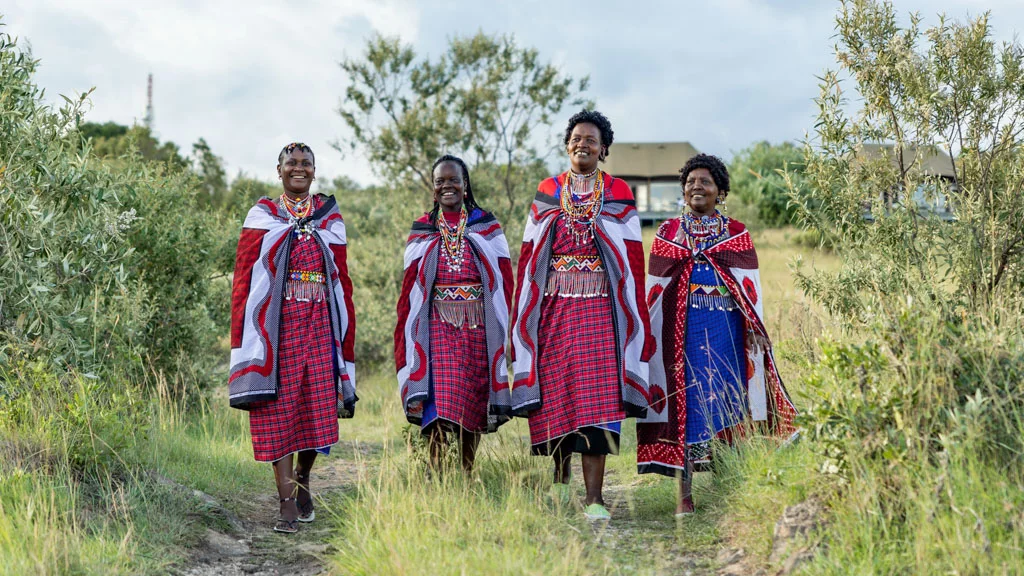Friends and Neighbours
According to their oral history, the Maasai moved south from the Nile region into the Great Rift Valley around 300 years ago, living as nomadic pastoralists in what is today Kenya and Tanzania
Despite challenges, the Maasai have retained their traditions and remain a proud and indomitable people: Their tall stature, red shukas and ornate beadwork are among their hallmarks
Our landlords who we rent this land from, as well as all of our neighbours, are Maasai
The majority of the people at Angama come from local Maasai communities — guides, naturalists, chefs — you’ll get to spend time with them in and around the lodge
